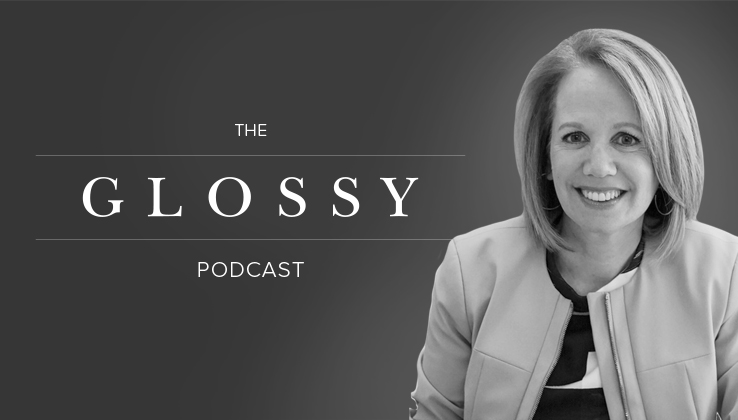It was the Coach saddle bag that first made Liz Kaplow realize that brands needed to do a better job of communicating their stories to customers. In the mid ’90s, Coach’s then-CEO Lew Frankfort presented the bag, alongside an actual saddle, to a group of marketers, explaining how the leather of both items aged over time.
“I fell in love with the business of storytelling,” said Kaplow. “I couldn’t wait to take Lew’s story and show it off to editors, so they would be imbued with excitement and spread the word. It was the beginning of that way of thinking.”
Kaplow, who launched her PR and communications agency Kaplow Communications in 1991, joined the Glossy Podcast to reflect on why storytelling is as relevant as ever, while brands are being forced to evolve.
A time before storytelling
Kaplow said that, when she starting her company, she envisioned an opportunity to connect consumers to brands by telling the brands’ stories. But were brands ever not doing that?
“There was product publicity — taking a product and putting it out there with a celebrity — and there were ads,” said Kaplow. “Or, there was the emotional connection. [Before,] that was the hook, and what set brands apart.”
Ad position: web_incontent_pos1
Evolving with social media
There wasn’t one instance when Kaplow and her team realized social media would change everything about the way brands communicated with their customers. It just happened.
“It was an evolution. We started realizing the media landscape was shifting and consumer attention was going in different places. We saw an opportunity where consumers were speaking to brands directly, in a two-way conversation on social media, and it was exciting for brands to work in tandem with the editorial community,” said Kaplow. “Facebook and Instagram keep changing, too, so half of what we’re doing is educating.”
Why startup brands have the upper hand
Brands rich in heritage should technically have an easier time telling a convincing story to customers than new brands, but oftentimes, that’s not the case. Direct-to-consumer brands are Instagram-savvy from the start and often have a clear differentiating angle, like sustainability.
“A startup has this moment where everyone is looking at them to see what they have that’s so current. A heritage brand hasn’t been a part of social media and everything else that’s bubbling up. They have to come in, find their story and then look at a way to put it out there so it’s relevant now,” said Kaplow. “But any brand that understands their story and how to communicate it will win. Brands that have souls are the ones people are drawn to.”




